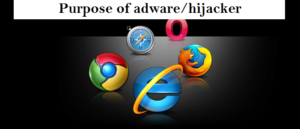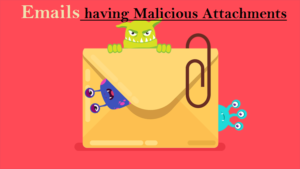Metamask ETH Withdrawal Email Scam Tricks Users with Fake Alerts
The “Metamask ETH Withdrawal Email Scam” Overview
Cryptocurrency scams are evolving rapidly, and one of the latest threats targeting Ethereum users is the Metamask ETH Withdrawal Email Scam. This scam is a phishing scheme that impersonates MetaMask, a popular Ethereum wallet, to trick users into revealing sensitive information. The scam is particularly dangerous because it mimics official MetaMask communications so convincingly that even experienced users can be fooled.
The scam begins when a user receives an email that appears to be from MetaMask. The subject line often reads something like “ETH Withdrawal Confirmation” or “Ethereum Payment Successfully Processed.” These titles are designed to create a sense of urgency and make the recipient believe that a transaction has occurred in their wallet. The email uses MetaMask’s branding, including its logo, color scheme, and professional formatting, to appear legitimate.
Inside the email, the message typically states that a withdrawal request has been received or that Ethereum has been successfully deposited into the user’s account. It may include specific details such as the amount of ETH involved, a sender address, and a transaction ID. These details are meant to add credibility and make the email look authentic. The message then urges the user to take action by clicking a button labeled something like “Accept Ethereum” or “Verify Transaction.”
Clicking the button leads the user to a phishing website that looks almost identical to MetaMask’s official login page. The scammers have gone to great lengths to replicate the design, layout, and even the domain name, which may closely resemble the real MetaMask site. For example, instead of “metamask.io,” the fake site might use a misleading address like “metamask-support.com.”
On this fake login page, the user is prompted to enter sensitive information. This could include their wallet login credentials, private keys, or the seed phrase used to recover their wallet. The seed phrase is especially critical because it gives full access to the wallet. Once the user enters this information, it is immediately sent to the scammers.
With the seed phrase or private keys in hand, the scammers can access the victim’s MetaMask wallet without any restrictions. They quickly transfer all available cryptocurrency from the wallet to their own accounts. Because blockchain transactions are irreversible, the stolen funds cannot be recovered. This makes the scam particularly devastating for victims.
After stealing the funds, scammers often take steps to cover their tracks. They may move the stolen cryptocurrency through multiple wallets or use decentralized exchanges and privacy tools to make it harder to trace. These tactics reduce the chances of identifying the scammers or recovering the stolen assets.
The scam is widespread, with thousands of such emails being sent daily. The messages are well-written and often free of grammatical errors, making them harder to detect as fraudulent. They are also designed to bypass spam filters, increasing the likelihood that they will reach users’ inboxes. Because MetaMask is a non-custodial wallet, users are solely responsible for their security. If they fall for the scam, there is no customer support or central authority to help them recover their funds.
While the scam targets MetaMask users, similar phishing campaigns have been launched against users of other crypto wallets and exchanges. The popularity of MetaMask makes it a prime target, but the tactics used in this scam can be applied to any platform. This means that all cryptocurrency users need to be aware of how these scams operate.
The scam relies heavily on emotional manipulation. By creating a sense of urgency and fear, scammers hope to prompt users into acting quickly without verifying the legitimacy of the email. This emotional response can override rational thinking, making users more likely to click the link and enter their information.
Even users who are familiar with cryptocurrency and online security can fall victim to this scam. The phishing emails are designed to look as real as possible, and the fake login pages are nearly indistinguishable from the genuine MetaMask site. The irreversible nature of blockchain transactions adds to the danger, as there is no way to undo the theft once it occurs.
In summary, the Metamask ETH Withdrawal Email Scam is a sophisticated phishing attack that uses fake emails and websites to steal sensitive information from cryptocurrency users. The scam follows a step-by-step process: sending a convincing email, directing users to a fake login page, collecting their credentials, and stealing their funds. The scammers then cover their tracks to avoid detection. This scam highlights the importance of being cautious with emails and login prompts, especially in the world of cryptocurrency where security is entirely in the hands of the user.
In terms of email-based cyber threats, what are the different types of malicious emails?
Emails having Malicious Attachments
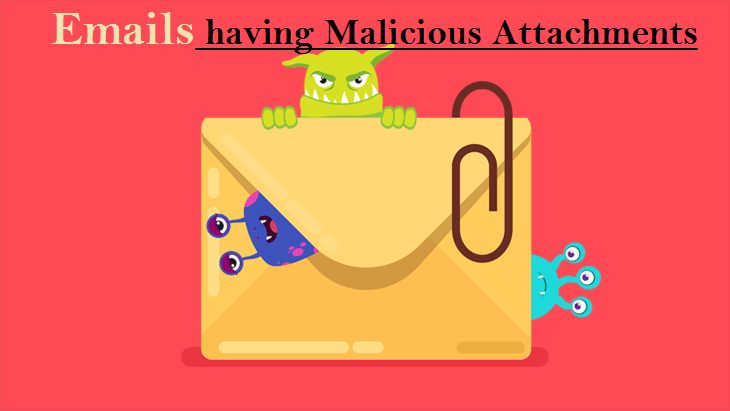
Email spam containing malicious attachments is a commonly employed method by cybercriminals to compromise users’ computers with malware. Malicious attachments often harbor trojans that possess the ability to pilfer sensitive data such as banking details, passwords, and other confidential information.
The primary objective of cybercriminals in these attacks is to deceive their potential victims into accessing a compromised email attachment. They commonly employ email messages that discuss recently obtained invoices, faxes, or voice messages to accomplish this aim.
If an unsuspecting individual succumbs to the trap and opens the attachment, their computer becomes infected, allowing cybercriminals to gather a substantial amount of confidential data.
Although it is a more intricate technique to pilfer personal data (as spam filters and antivirus programs typically identify such endeavors), if cybercriminals achieve success, they can access a broader spectrum of information and continue accumulating data over an extended duration.
Phishing Emails

Typically, cybercriminals employ deceitful emails to deceive individuals on the internet into divulging their confidential personal information, such as login credentials for diverse online platforms, email accounts, or online banking details.
These types of attacks are commonly known as phishing. In a phishing attack, cybercriminals typically send an email that mimics the branding of popular services like Microsoft, Amazon, DHL, or Netflix. They craft messages with a sense of urgency, such as incorrect shipping details or expired passwords, and include a hyperlink, hoping to entice unsuspecting recipients into clicking on it.
Upon clicking the provided link in these email messages, victims are redirected to a counterfeit website that closely resembles the legitimate one. In this deceptive environment, victims are prompted to enter their password, credit card information, or other sensitive data, which is subsequently harvested by cybercriminals for malicious purposes.
Spam Emails

Spam emails are unsolicited, bulk messages sent to a large number of recipients simultaneously. They often contain unwanted advertisements, scams, or fraudulent offers. The primary purpose of spam emails is to promote products, services, or websites, sometimes of dubious nature.
These emails can be sent by individuals or automated bots, and they often target a wide range of recipients without their consent. Spam emails can clog up inboxes, consume storage space, and pose risks such as phishing attempts or malware distribution.
Sextortion Emails
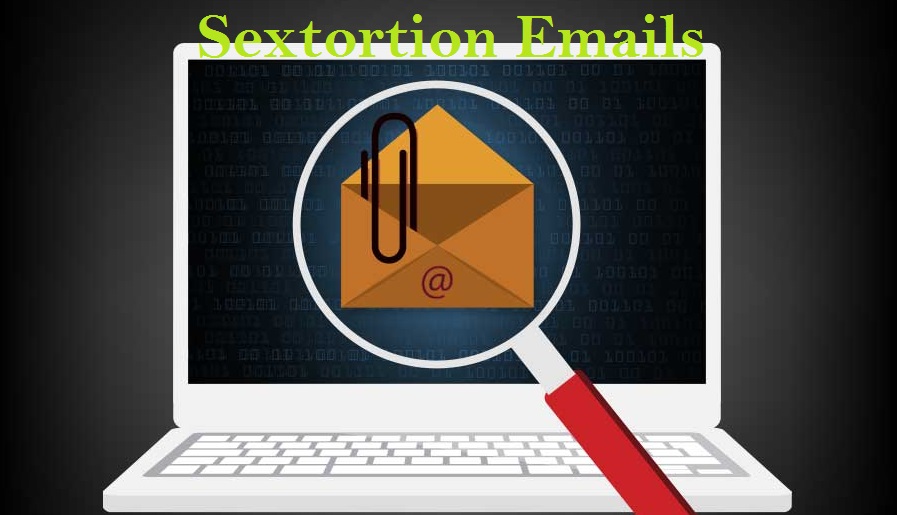
This type of email is a form of phishing known as a “sextortion scam.” It preys on individuals’ fears and attempts to blackmail them into paying a ransom. The scam email falsely claims that a cybercriminal has gained unauthorized access to the victim’s webcam and possesses a compromising video recording of them engaging in explicit activities.
The scammers leverage the potential embarrassment and shame associated with such content to coerce the victim into paying a ransom, often in the form of cryptocurrency, to prevent the release of the alleged video. However, it is crucial to understand that these claims are entirely false and fabricated.
What are some indicators or signs that can help identify a malicious email?
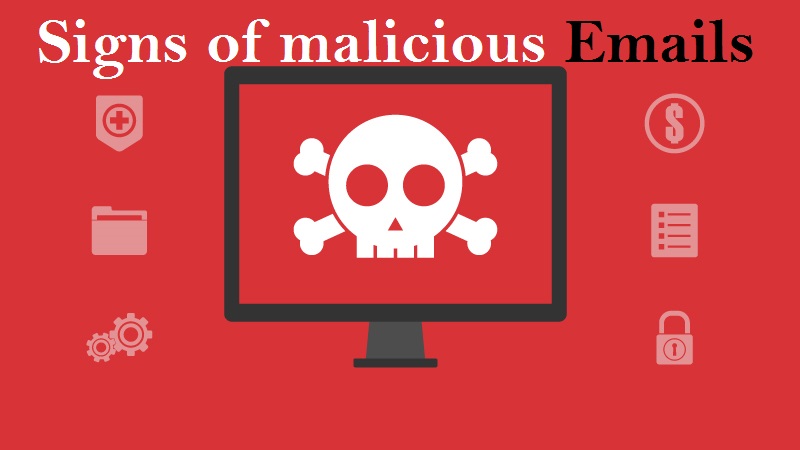
To spot a malicious email you can look for the following indicators:
Suspicious Sender: Check the sender’s email address and verify if it matches the official contact information of the organization or person they claim to represent. Be cautious of email addresses that contain misspellings, random numbers, or unfamiliar domain names.
- Poorly Written Content: Pay attention to grammar and spelling mistakes, unusual language, or poor formatting. Legitimate organizations usually maintain professional communication standards.
- Urgent or Threatening Language: Beware of emails that create a sense of urgency, pressure you to take immediate action, or threaten negative consequences if you don’t comply. Scammers often use fear or time-sensitive situations to manipulate victims.
- Suspicious Attachments or Links: Be careful of email attachments or links, especially from unknown or unexpected sources. Don’t open attachments or click on links unless you are confident about their legitimacy. Hover over links to see the actual URL before clicking.
- Requests for Personal Information: Legitimate organizations typically don’t request sensitive information, such as passwords, Social Security numbers, or credit card details, via email. Avoid providing personal data unless you are certain of the email’s authenticity.
- Unusual Requests or Offers: Be wary of emails offering unexpected rewards, prizes, or financial opportunities. If something seems too good to be true or doesn’t align with your normal interactions, it could be a sign of a scam.
- Suspicious Email Design: Poorly designed or visually inconsistent emails may indicate a scam. Watch for generic greetings, mismatched logos, or distorted images.
If you have doubts about an email’s legitimacy, it’s best to err on the side of caution. Avoid clicking on links or downloading attachments, and consider contacting the sender through a verified channel to verify the email’s authenticity.
What actions can be taken if you have fallen for an email scam?

Below are the steps you should take if you’ve fallen prey to the Metamask ETH Withdrawal Email Scam.
- If you have mistakenly provided your credit card information after clicking on a link in a phishing email, it is crucial to immediately contact your bank and inform them about the situation. It is highly likely that you will need to take steps to cancel the compromised credit card and request a replacement for enhanced security.
- If you have inadvertently provided your password after falling for an email scam, it is essential to promptly change your password. Typically, cybercriminals gather stolen login details and sell them to other malicious groups for potential exploitation. By changing your password immediately, you reduce the likelihood of criminals having sufficient time to cause harm or unauthorized access to your accounts and information.
- If you notice any indications of identity theft, it is important to promptly reach out to the Federal Trade Commission (FTC). The FTC will gather information about your situation and develop a personalized recovery strategy.
- Assist in safeguarding fellow internet users by reporting phishing emails to organizations such as the National Fraud Information Center, Anti-Phishing Working Group, FBI’s Internet Crime Complaint Center, and the U.S. Department of Justice.
- If you have inadvertently opened a malicious attachment, it is likely that your computer has been compromised. To address this, it is advised to conduct a thorough scan of your system using a reliable antivirus software. We suggest utilizing SpyHunter for Windows to help mitigate any potential threats.
Frequently Asked Questions
Why was I included in the distribution of this email?
Phishing emails are often disseminated by threat actors through extensive campaigns, leading to thousands of recipients receiving comparable messages.
If I have viewed a spam email but refrained from opening the attachment, is there a possibility that my computer has been infected with malware?
Simply opening or reading an email does not pose a direct risk of malware infection. The actual threat arises when you interact with malicious attachments or links contained within the email, triggering potential malware download or installation processes.
If I downloaded and opened a file from a spam email, does that mean my computer is infected?
If the file you opened from a spam email was an executable file (.exe, .run, etc.), there is a high chance that your computer may be infected. However, if the file was a document format (.doc, .xls, .one, .pdf, etc.), the risk of infection may be lower as these formats usually require additional actions to initiate the download or installation of malware, such as enabling macros or clicking on embedded content.
If I have unknowingly shared my personal information in response to a deceptive spam email, what steps should I take to mitigate the potential risks?
If you have mistakenly shared your login credentials, it is crucial to change the passwords for all affected accounts promptly. Additionally, if sensitive personal information like identification documents or credit card details were disclosed, it is important to promptly notify the relevant authorities or organizations responsible for handling such incidents.
Is SpyHunter capable of detecting and eliminating malware infections that may be present in email attachments?
SpyHunter is powerful security software that is specifically designed to scan devices and effectively remove various types of malware infections. With its comprehensive scanning capabilities, it can detect and eliminate most known malware threats, including those that may be present in email attachments and pop-up notifications. Running a thorough system scan is crucial to ensure that all potential threats are identified and removed from your device.

